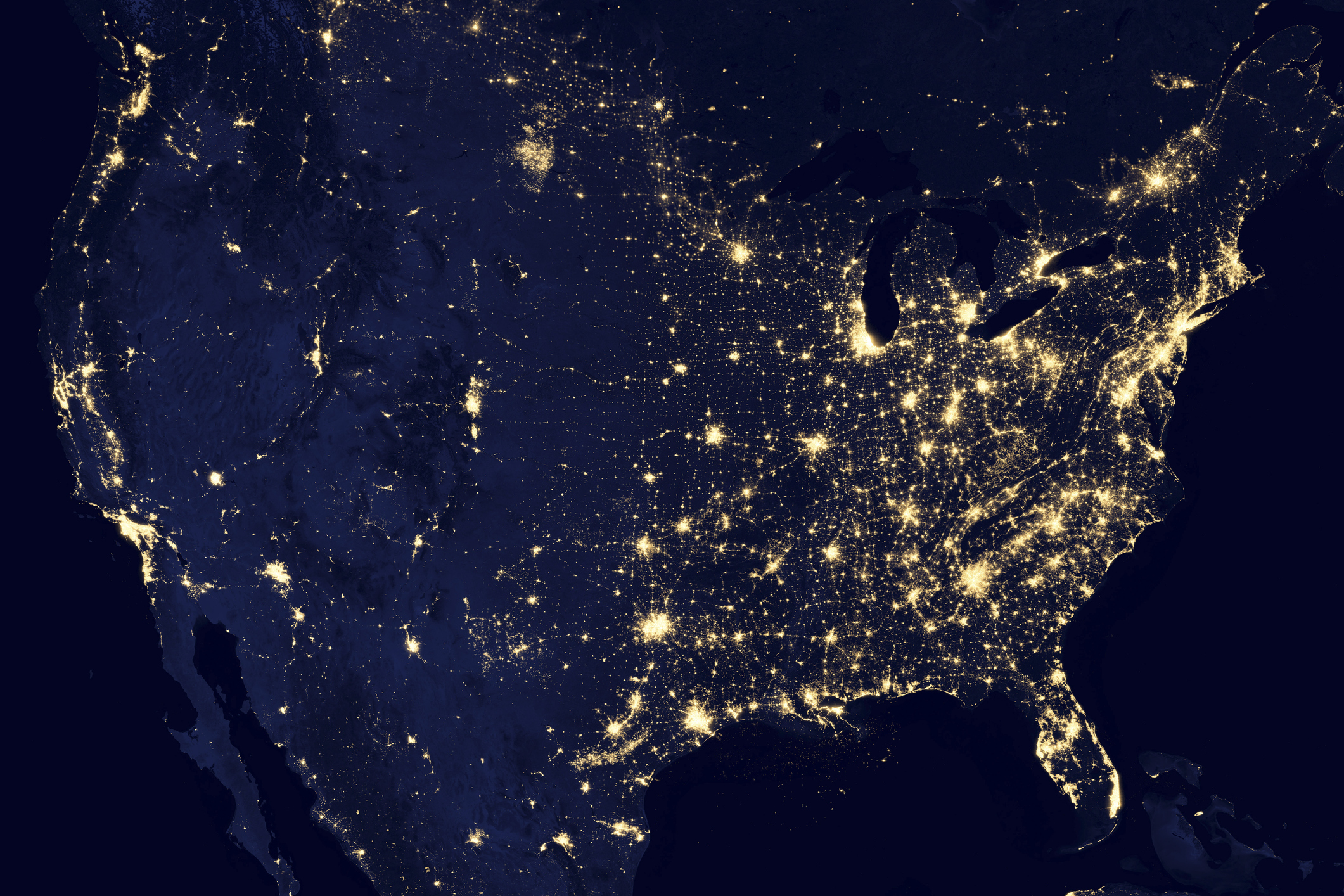Quick Hits
- OSHA-approved state plans have their own workplace safety and health regulations, which must be at least as effective as the corresponding federal OSHA regulations.
- Within the list of state plan programs, California, Oregon, and Washington are the most active in enforcement.
- Each state plan has substantial procedural differences and its own system for issuing, appealing, and litigating citations.
By the time this series is complete, the reader should be conversant in the subjects covered and have developed a deeper understanding of how the OSH Act and OSHA work. The series is not—nor can it be, of course—a comprehensive study of the OSH Act or OSHA capable of equipping the reader to address every issue that might arise.
The first article in this series provided a general overview of the OSH Act and OSHA; the second article examined OSHA’s rulemaking process; the third article reviewed an employer’s duty to comply with standards; the fourth article discussed the general duty clause; the fifth article addressed OSHA’s recordkeeping requirements; the sixth article covered employees’ and employers’ respective rights; the seventh article addressed whistleblower issues; the eighth article covered the intersection of employment law and safety issues, the ninth article discussed OSHA’s Hazard Communication Standard (HCS); the tenth article examined voluntary safety and health self-audits; the eleventh article, in two parts, reviewed OSHA’s citation process; the twelfth article covered OSHA inspections and investigations; the thirteenth reviewed OSHA’s ability to seek criminal penalties; the fourteenth article examined judicial review under the OSH Act; and the fifteenth addressed imminent danger inspections. In this sixteenth and penultimate article in the series, we focus on states that have their own OSHA-approved plans.
Twenty-one states (Alaska, Arizona, California, Hawaii, Indiana, Iowa, Kentucky, Maryland, Michigan, Minnesota, Nevada, New Mexico, North Carolina, Oregon, South Carolina, Tennessee, Utah, Vermont, Virginia, Washington, and Wyoming) and Puerto Rico have OSHA-approved state plans that cover both private companies and government workers. Six states (Connecticut, Illinois, Maine, Massachusetts, New Jersey, and New York) and the U.S. Virgin Islands have OSHA-approved state plans that cover state and local government workers.
Federal OSHA continuously monitors the state plans and can take action against state plans that are not effective. Each year, federal OSHA issues a comprehensive report on each state plan. Federal Annual Monitoring and Evaluation Reports are available to the public.
Variations Among State Plans
Enforcement: California, Oregon, and Washington have the most active state plans in enforcement.
As recently as 2023, federal OSHA decided not to revoke the final approval status of Arizona’s state plan after it had started the process of revoking that status. Arizona’s state plan stayed in place with improvements and promises to make efforts to enact stronger penalties to be more consistent with federal OSHA.
Procedures and citations: Each state plan has substantial procedural differences and its own system for issuing, appealing, and litigating citations. For example, Washington State requires an “Accident Prevention Program” while California requires an “Injury and Illness Prevention Program.” These differences can be tricky for multistate employers seeking to comply with each individual state’s requirements. Only Oregon’s state plan provides thirty days to appeal citations as opposed to the fifteen working days typical for other states.
Recording and Reporting
Even when a state has its own OSHA plan, the plan must have the same requirements as federal OSHA for determining recordable injuries and reportable accidents and illnesses. State plans must follow 29 C.F.R. Section 1904.37(b)(1) for recording injuries and illnesses. While some states have adopted the exact same language as federal OSHA for reporting accidents and illnesses, it is important to note that state plans can have more stringent reporting requirements and can have nuances in reporting to the state plan. Each state plan publicizes its reporting requirements so that employers can comply with the obligations.
Ogletree Deakins’ Workplace Safety and Health Practice Group regularly publishes articles on the Multistate Compliance and Workplace Safety and Health blogs as an ongoing part of its coverage of workplace safety and health developments. The final article in the OSH Law Primer Series addresses preemption.
On Thursday, July 31, 2025, from 2:00 p.m. to 3:00 p.m. (EDT), Karen Tynan and John Surma will present a webinar providing more detailed information about OSHA state plans, compliance, and the differences among the state plans and federal OSHA. Register here.
Follow and Subscribe
LinkedIn | Instagram | Webinars | Podcasts





